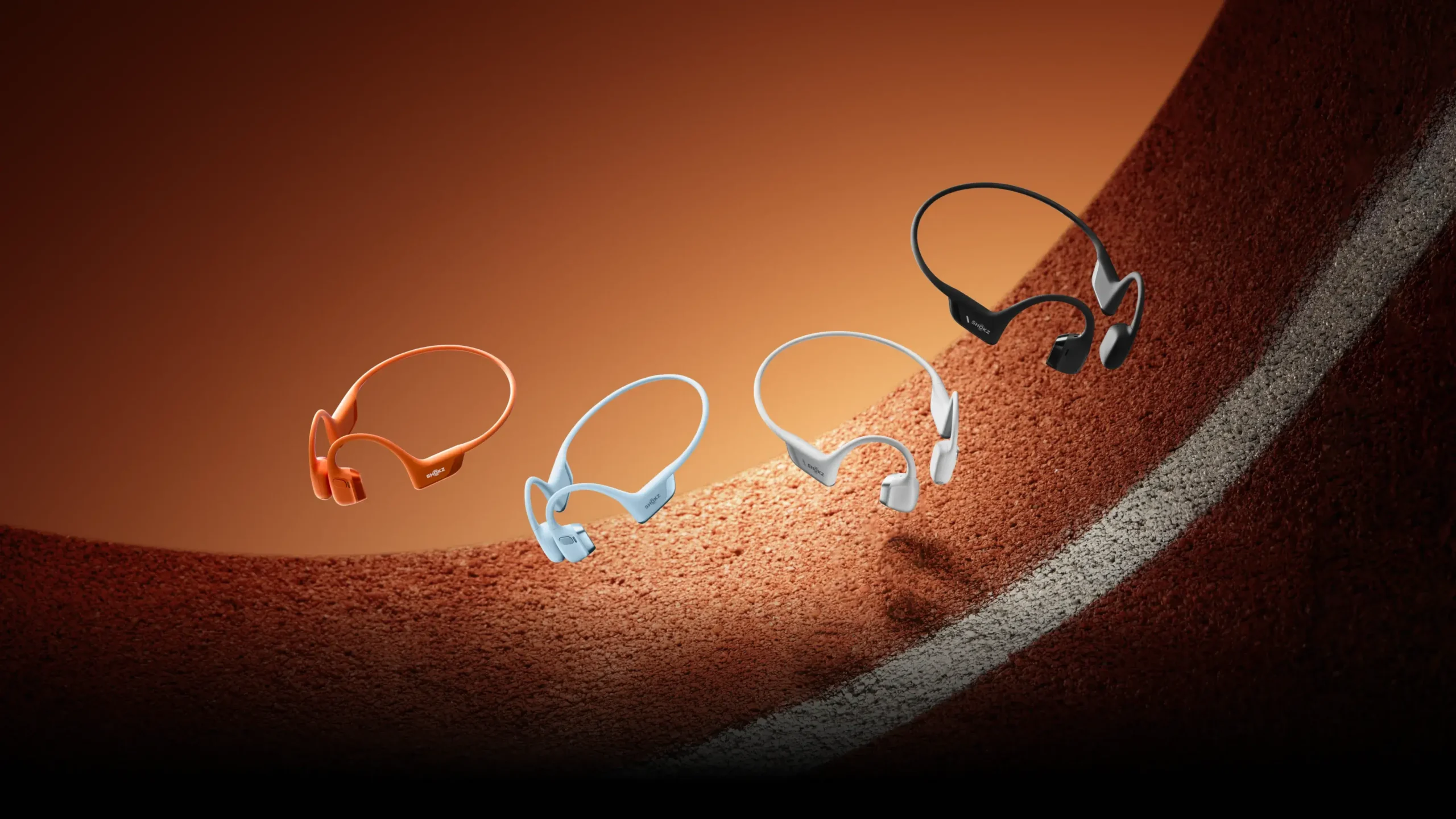In the fast-paced world of technological innovation, even devices as humble as the thermal printer are being reimagined. The latest breakthrough comes in the form of a thermal printer equipped with a screen capable of playing educational videos. Traditionally used for straightforward printing tasks like receipts and labels, this printer is pushing boundaries, turning a once-static device into a multi-functional, interactive tool.
This development marks a significant leap for industries like education, retail, and healthcare, where real-time information and visual aids can enhance both the learning experience and operational efficiency. Let’s explore the ins and outs of this revolutionary device, its potential applications, and its broader implications for education and technology.
What is a Thermal Printer with Video Capability?
A thermal printer typically relies on heat-sensitive paper and thermal printing technology to create images or text. Unlike inkjet or laser printers, thermal printers are valued for their speed, reliability, and low maintenance. By integrating a screen capable of playing videos, these printers now serve dual purposes: outputting physical prints and displaying digital information in real time.
The addition of a video screen is not merely an aesthetic upgrade; it’s a feature designed with utility in mind. Imagine a printer that not only delivers a printed receipt but also plays a tutorial on how to redeem a discount code or use a purchased product. Or, in an educational setting, a printer that outputs notes or diagrams while simultaneously showing a complementary instructional video.
The built-in screen is often compact but high-resolution, ensuring sharp visuals while preserving the portability and efficiency of the printer. These screens are touch-sensitive in many models, allowing for interaction and customization, such as pausing, rewinding, or switching between videos.
Key Features and Specifications
High-Resolution Display
The printer’s screen typically features a resolution sufficient to display crisp video content. While the size varies, most models prioritize clarity and brightness, ensuring visibility in various lighting conditions.
Wireless Connectivity
With Wi-Fi and Bluetooth integration, these printers can stream videos from online sources or sync with devices like smartphones and tablets. This connectivity ensures seamless access to educational materials and updates.
Multi-Purpose Functionality
Beyond printing and video playback, some models include features like document scanning, making them versatile tools for classrooms, offices, and retail spaces.
Long Battery Life
Designed for portability, these printers often include rechargeable batteries capable of sustaining hours of use, even in video playback mode.
Customizable Software
Many devices allow users to upload their own video content, whether it’s branded tutorials, classroom lessons, or customer instructions.
Applications in Education
The potential for this device to transform education is immense. Here’s how:
Interactive Learning Tools
Teachers can use thermal printers with video screens to distribute physical study materials while playing videos that elaborate on the subject matter. For instance, a biology teacher might print anatomical diagrams while the screen displays a video explaining the function of each organ.
Accessibility for Remote Areas
In regions with limited access to traditional educational tools, these printers can serve as compact, portable learning hubs. Educational videos can be preloaded onto the device, allowing students in remote areas to benefit from multimedia learning without the need for constant internet access.
Hands-On Learning in STEM
Thermal printers with video capabilities can play instructional content for experiments while printing out step-by-step guides or lab results. This combination of digital and physical resources is invaluable in science, technology, engineering, and mathematics (STEM) education.
Personalized Learning
Teachers can customize video playlists to suit the needs of individual students, offering a tailored learning experience. For example, a student struggling with fractions might receive printed exercises along with a video tutorial explaining the concept in detail.
Applications in Retail and Business
The utility of this device extends beyond education, offering practical solutions for retail, healthcare, and more:
Enhanced Customer Experience
In retail settings, the printer can be used to issue receipts or coupons while playing videos that promote products, explain loyalty programs, or provide tips for product use. This immersive experience can boost customer engagement and satisfaction.
Staff Training
Retailers can use the device to train staff, printing procedural guides while playing video demonstrations of tasks like inventory management or customer service techniques.
Healthcare Applications
In hospitals and clinics, thermal printers with screens can print patient reports while displaying instructional videos about medication schedules or post-operative care. This ensures patients leave with both physical and visual resources to manage their health.
Technical Challenges and Limitations
While the concept is groundbreaking, it’s not without challenges:
Durability Concerns
The integration of a screen into a device traditionally valued for its simplicity raises questions about durability. Screens are inherently more fragile than the robust thermal printing components.
Internet Dependency
While some models allow for offline playback of preloaded videos, others rely on internet connectivity to stream content. This can limit functionality in areas with poor network coverage.
Content Management
To maximize their utility, these printers require regular updates to their video libraries. Managing and uploading fresh, relevant content can be a logistical challenge, especially for large organizations.
The Future of Hybrid Devices
The emergence of video-capable thermal printers reflects a broader trend in technology: the convergence of physical and digital mediums. Devices that were once single-purpose are now multi-functional, designed to offer holistic solutions to complex problems.
In the future, we can expect these printers to integrate even more advanced features, such as:
•AI-Powered Recommendations: Printers could suggest videos or print materials based on user preferences or previous interactions.
•Augmented Reality (AR) Integration: Paired with AR glasses, these devices could overlay digital content onto printed materials, creating a truly immersive learning or shopping experience.
•Voice Activation: Users could control the printer and access specific videos through voice commands, enhancing accessibility for those with disabilities.
A Step Toward Sustainability
One unexpected benefit of this hybrid device is its potential to reduce paper waste. By combining physical prints with video content, users may feel less inclined to print excessive materials. For instance, a retailer might replace lengthy, printed instruction manuals with a simple video tutorial, reducing paper use while delivering the same information.
Furthermore, many thermal printers now support the use of recyclable thermal paper, aligning with global sustainability goals.
Real-World Testimonials
Case Study 1: A Rural Classroom in Kenya
In a pilot program, thermal printers with video capabilities were introduced to schools in rural Kenya. Teachers reported significant improvements in student engagement, as printed materials were augmented with videos that brought subjects to life.
“I used to rely on textbooks alone,” one teacher shared. “Now, I can print diagrams and show videos of historical events or scientific experiments. The students are more excited to learn.”
Case Study 2: A Boutique Retailer in Brooklyn
A small clothing boutique in Brooklyn adopted this device to enhance its customer experience. While customers waited for their receipts, the printer played videos showcasing the boutique’s ethical sourcing practices and styling tips.
“Our customers love it,” the boutique owner said. “It’s a small touch, but it makes the shopping experience more personal and engaging.”
Final Thoughts
The thermal printer with video capabilities is more than just a gadget; it’s a bridge between two worlds. By combining the tactile reliability of printed materials with the dynamic engagement of video content, this device offers innovative solutions for education, retail, and beyond.
As this technology evolves, its applications will only grow, reshaping how we learn, shop, and interact with information. In a digital age often dominated by fleeting experiences, this printer offers a unique blend of permanence and adaptability—a true game-changer for those ready to embrace its potential.
Whether in a rural classroom or a bustling retail store, the thermal printer with a screen is a testament to how innovation can breathe new life into even the simplest of devices.
No comments yet.








